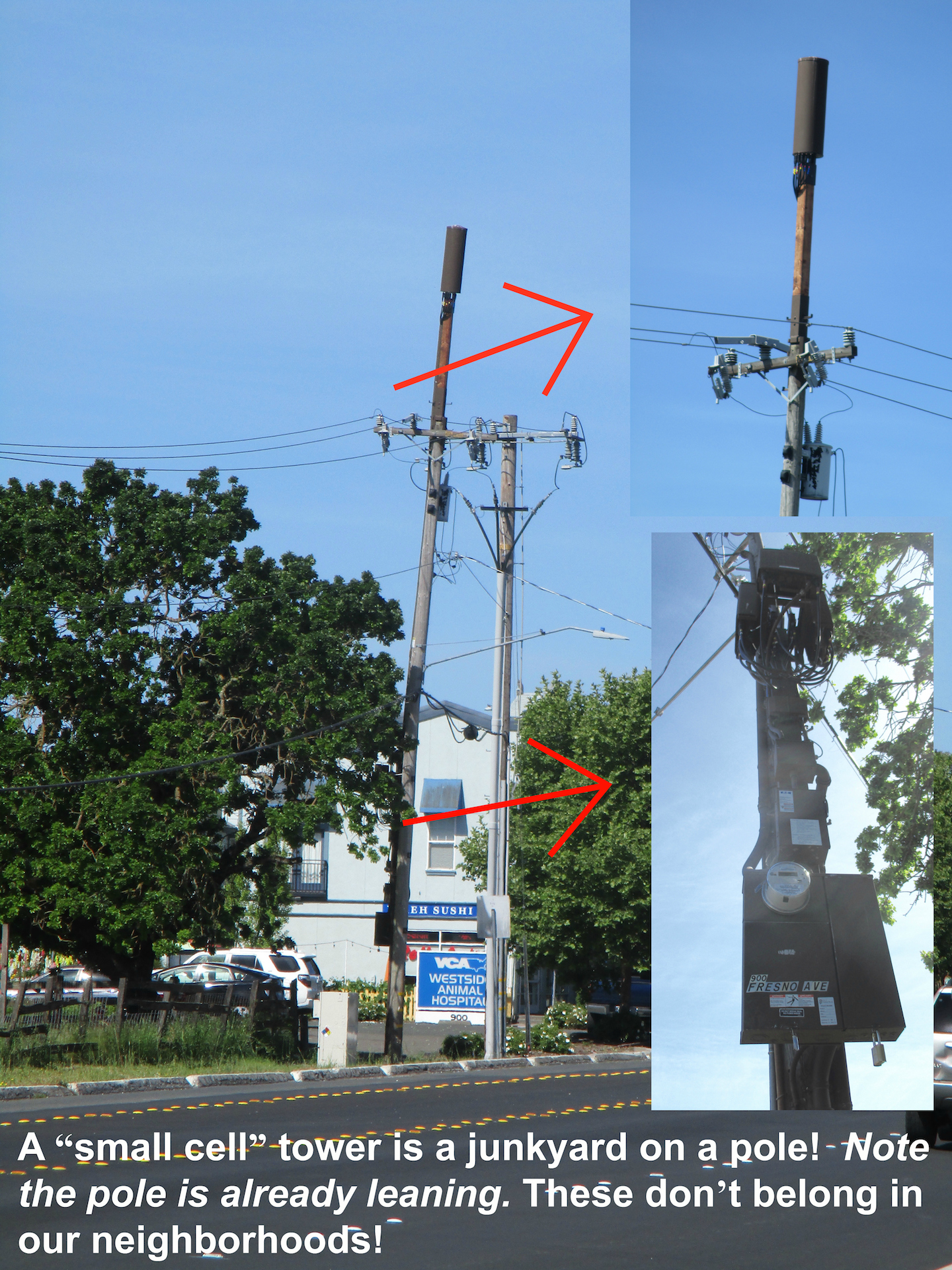If you've ever been through a town and spotted tiny 5G cell towers on street light poles. They look like little boxes, but they're actually broadcasting wireless signals from cell phone providers to your phone.

These smaller towers are replacing the larger, purpose-built cell towers. While they're not as noticeable however, they could cause problems for people.
The FCC's Radiation Exposure Thresholds
The FCC's Radiation Exposure Thresholds determine the maximum amount of time an individual can be exposed to electromagnetic radiation from wireless devices. The limits for exposure are based on research which show that the energy of RF could cause harm to health.
The absorption rate specific (SAR) is an indication of the amount of radiofrequency energy absorption by tissues. It is typically 1.6 Watts per kilogram averaged over one gram of tissue.
However, because 5g transmits at higher frequencies this could be able to cause greater energy intensity on the skin and other directly-exposed body parts. This could lead to many possible harms, like the formation of skin disorders such as dermatitis, skin cancer and cataracts.
Due to the potential for harmful effects of radiation from 5G, PSU has chosen to establish a general, localized maximum power density of four mW/cm2 averaged on 1cm2, and never to exceed 30 minutes, for the entire 5G spectrum at 3000 GHz. This localized limit is consistent with the maximum SAR that is spatially averaged at 1.6 W/kg, averaged over one 5 grams of body tissue, at 6 GHz.
The FCC's Maximum Exposure Thresholds
If you've ever used a cell phone, you're probably aware that the safest range from the tower should be at least 400 meters. what is a safe distance from a cell tower is because the power of the transmission of cell towers increases drastically the farther the tower is.
Although this may sound like an ideal idea however, those living close to towers could be more prone to health problems. For instance, a study conducted in 2014 in India discovered that those living within 50 meters of cell towers experienced much more health problems than those who were far from antennas.
However, this study also found that people who moved to areas further away from cell towers experienced their symptoms improve within a couple of days. Other studies have shown that exposure to high levels of radiofrequency electromagnetic fields (EMFs) can lead to cancer, brain tumors as well as other health issues.
This is due to the fact that radiofrequency radiation, used for wireless communication, has the ability to penetrate the human body's outer layer, which is the skin. This is important to understand since the skin serves as a barrier to protect against injury to the body, infection caused by pathogenic microorganisms and entry of toxic substances. It is also the biggest organ in the human body. It is responsible for keeping the integrity of the other organs.
The FCC's Minimum Exposure Thresholds for the Minimum Exposure
The FCC's Minimum Exposure Thresholds are based on numerous assumptions that aren't supported by evidence from science. These include the erroneous assumption that exposures to RF radiation are safe because of the minimal absorption into body (i.e. thermal heating of tissue).
This assumption does not take into account the more extensive penetration of ELF parts of modulated RF signals, as well as the effect of brief bursts of heat generated by RF waves that are pulsed. more info do not correspond with the current understanding of biological effects of RF radiation. Therefore they should not be used for health protective exposure standards.
Additionally to that, ICNIRP and FCC are limiting their maximum limit of exposure to the local SARs based on the peak speed of spatial absorption (psSAR) that is not a sufficient dosimetric tool to determine the degree of radiation exposure. In particular the psSAR tool is not accurate for frequencies that exceed 6 GHz. Furthermore, psSAR has not been tested for RF radiation with co-exposure to other agents of the environment such as sunlight. safe distance from cell tower of RF radiation with other environmental agents may produce synergistic or antagonistic effects. This can lead to an increased risk of adverse health adverse effects. For example, co-exposure to RF radiation along with exposure to sunlight can increase the risk of skin cancer, as well as aggravate other skin diseases such as acne.
